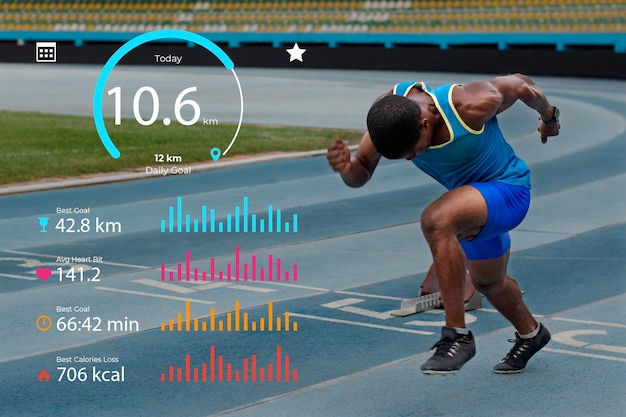Building endurance doesn’t have to mean grueling workouts or burnout. The 75-Day Boost Endurance Plan is a science-backed, sustainable approach designed to help you gradually improve stamina, strength, and resilience—without sacrificing recovery or long-term health. Whether you're training for a race, improving daily energy, or just want to feel stronger, this guide delivers coach-style insights, form tips, and easy modifications to keep you on track.
Research shows it takes roughly 10–12 weeks to see significant physiological adaptations in cardiovascular fitness and muscular endurance. The 75-day timeline aligns perfectly with this window, allowing for progressive overload while minimizing injury risk. Unlike crash programs, this plan emphasizes consistency, recovery, and smart progression.
Each phase builds on the last: foundation (Days 1–25), build (Days 26–50), and peak (Days 51–75). This structure prevents plateaus and keeps motivation high.

The first 25 days focus on aerobic base development. This phase improves your body’s ability to use oxygen efficiently and builds joint resilience.
Before increasing intensity, ensure your movement patterns are efficient. Poor form under fatigue leads to injury.
Now that your base is solid, it’s time to introduce variety and intensity. This phase boosts lactate threshold and improves muscular endurance.

As intensity increases, form often breaks down. Stay mindful.
The final phase sharpens your fitness. Workouts become more specific and challenging, but recovery remains a priority.
Even at higher intensities, prioritize clean execution.
Endurance isn’t built during workouts—it’s built during recovery. Schedule at least 2 rest or active recovery days per week. Active recovery includes light walking, stretching, or yoga.
Sleep 7–9 hours nightly, hydrate consistently, and prioritize protein and complex carbs post-workout. These habits support muscle repair and energy replenishment.

The 75-Day Boost Endurance Plan isn’t about pushing harder—it’s about progressing smarter. By focusing on form, listening to your body, and making simple modifications when needed, you’ll build lasting endurance without burnout. Stick with the process, trust the timeline, and celebrate small wins along the way.

Fitness

Fitness

Fitness

Fitness

Fitness

Fitness

Fitness

Fitness

Fitness

Fitness

Fitness

Fitness

Health

Fitness

Health

Health